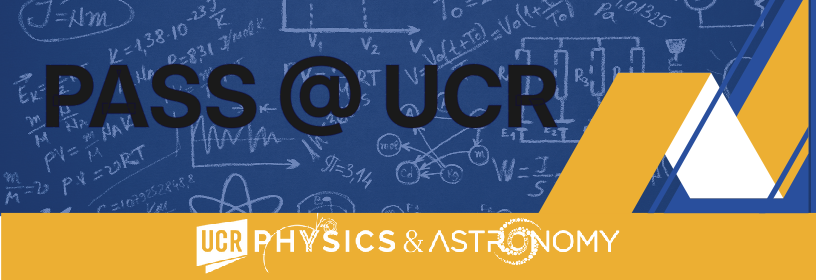
Measurement of the Transverse Single Spin Asymmetry (TSSA) of Neutral pions using transversely polarised proton-proton collisions (COM 200 Gev) detected at the Endcap Electromagnetic Calorimeter (EEMC) at STAR, Brookhaven National Laboratory
Ananya Paul, PhD student Monday, 12:00 pm, Conference Room (PHYS 3051) Measurement of the Transverse Single Spin Asymmetry (TSSA) of Neutral pions using transversely polarised proton-proton collisions (COM 200 Gev) detected at the Endcap Electromagnetic Calorimeter (EEMC) at STAR, Brookhaven National Laboratory In recent years, endeavours have been made towards extending the 1D Feynman parton picture to a 3D tomography of the partons inside the nucleon. The transverse nucleon spin i.e. the spin component perpendicular to the nucleon momentum direction correlates naturally with the Transverse Momentum-Dependant (TMD) parton distributions as well as the Generalised Parton Distributions (GPD), hence providing a deep insight into the internal structure and parton correlations of the nucleon. The Transverse Single Spin Asymmetry (SSA) is defined as an asymmetry between counting rates for a given reaction for either the probe or the target transversely polarised. High Energy Experiments show that the charged pions are produced asymmetrically to the left or the right of the plane spanned by the momentum and spin directions of the initial polarized protons: ...